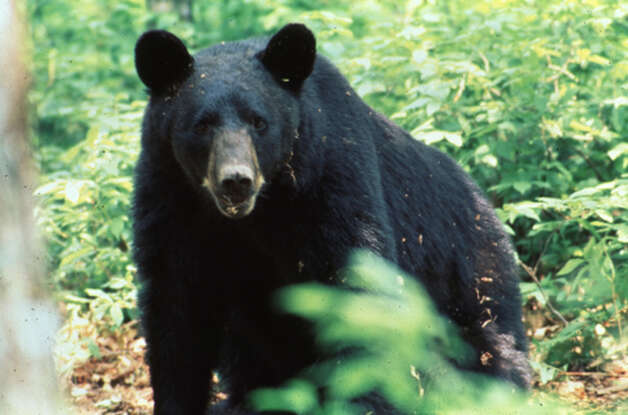Black bears come home to East Texas
Louisiana Black Bears, which haven't been seen in these parts since
the 1950s, are returning to the region, hungry for fresh sources of
food and looking for mates.
The bears are moving naturally back to the Lone Star State across
rivers from Oklahoma, Arkansas and Louisiana, said Donna Work,
with the Texas A&M Forest Service.
"If they are coming over, they need a place to stay," she said. The bears
are threatened and illegal to kill.
Work said bear populations in neighboring states have grown substantially
in recent years, forcing rogue male bears to move to Texas in search of their
own territories. The last black bear spotted in East Texas was killed in
Polk County in the 1950s, Work said.
Nathan Garner, a volunteer for the East Texas Black Bear TaskForce,
an official subcommittee of the Black Bear Conservation Coalition,
said its important to raise awareness about the bears' return.
"I think they can be an asset to people and society," he said. "They're
of value and a part of our natural heritage."
Garner said it is a good sign that the bears, which were forced out by
hunters and urban sprawl, are returning to an area where they once
thrived.
"It's a story of a large mammal that requires a lot of real estate that's
coming back to East Texas and trying to repopulate the area," he said.
Work said her group wants to teach people here how to live in harmony
with the bears - showing how it has worked in other states - in an attempt
to make that transition as easy as possible.
"When you understand something you're fearful of, maybe you can be
prepared" she said.
Bears make dens in large, hollow trees, brush piles, thickets, rock crevices
and caves. They are opportunistic feeders, eating almost anything that is
available. Hunters and property owners can help keep bears away by
keeping hunting camps and yards clean to prevent odors that will attract
bears or by switching bait types from corn to soybeans to reduce a bear's
interest.
Without the enticement of food, bears want to stay away from people
and will try to stay far from roads, Work said
.
.











No comments:
Post a Comment